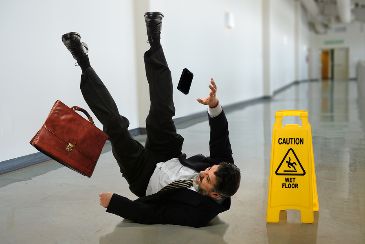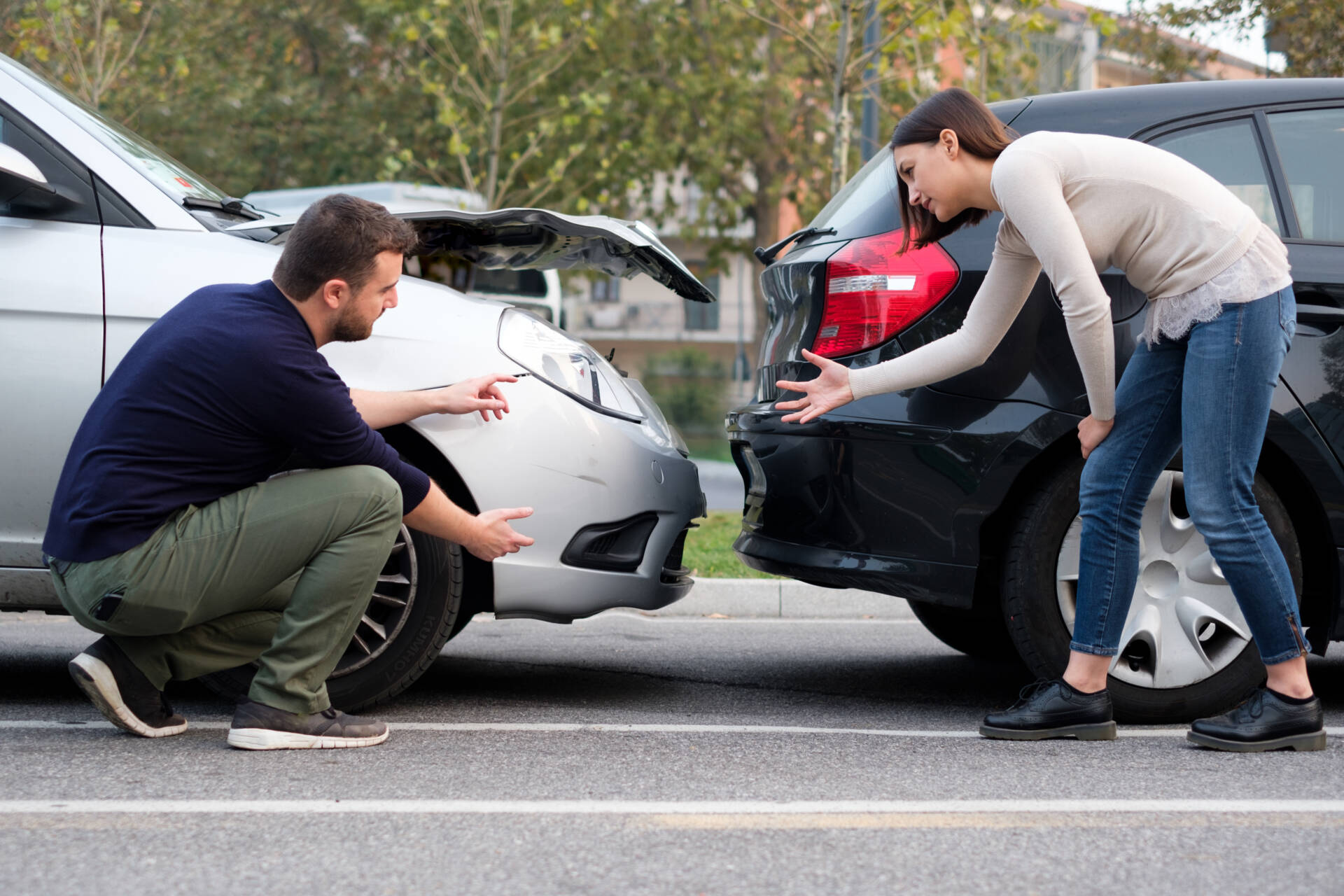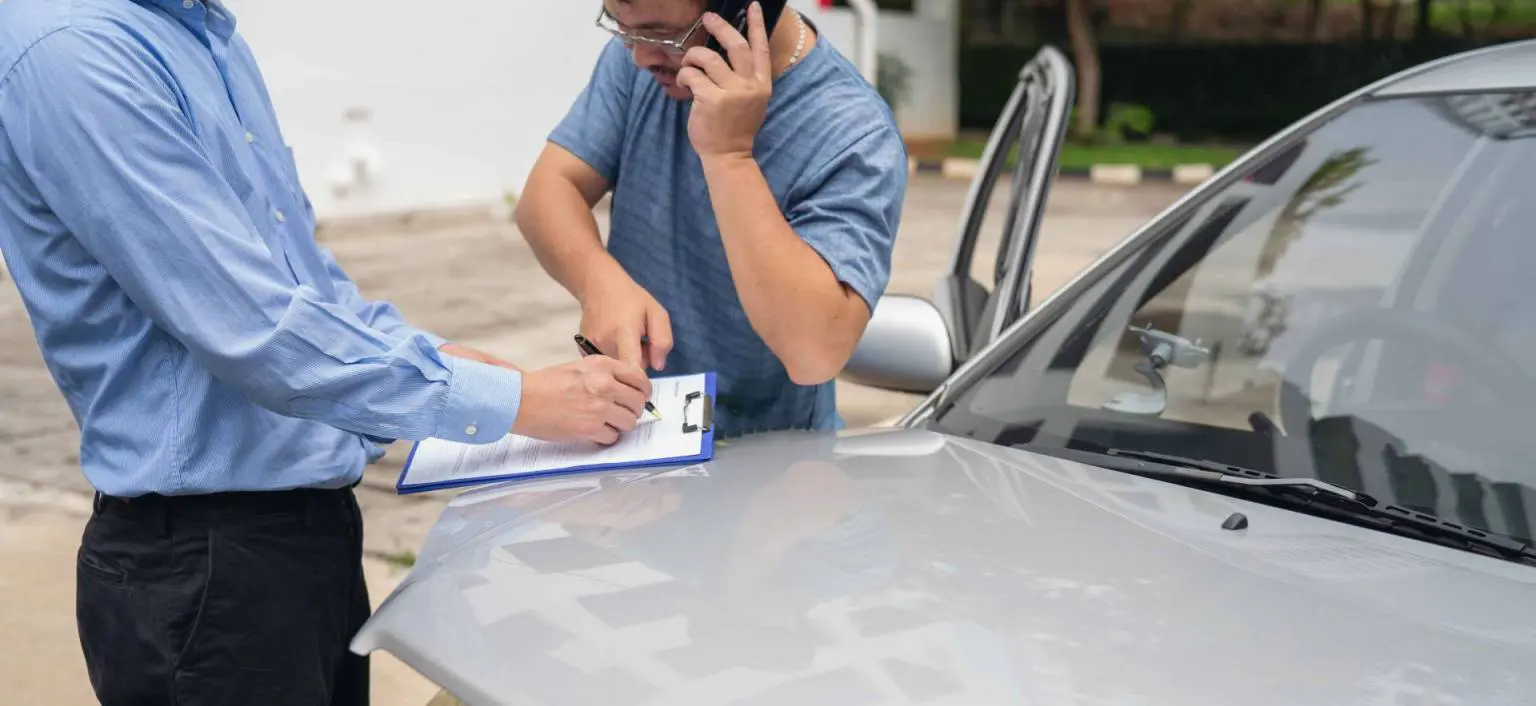
How Does Comparative Negligence Affect A Slip and Fall Case?
Slip and FallWhile a slip and fall case in other states can have you walking out the courtroom with a significant amount of cash, things could get tricky if you ever were to file such a case in Texas. This is one of the main reasons you need a great slip and fall lawyer on your side. Texas employs a rule known as comparative negligence; which essentially means that you could be equally at fault for your own injuries. Could this rule hamper your chances of receiving a settlement even though you were not at fault? Or does it mean that you are well grounded in case someone’s trying to trick you into paying them hefty sums? It all comes down to how well you’ve prepared to fight for justice.
Understanding The Rule
When both the plaintiff and the defendant, in a case of legal action, have contributed to the injury or substantial loss, either by deficiency or failure in implementing the required procedures or neglect, under the rules of comparative negligence, they are bound to have a direct impact on the full and final settlement. Depending upon the gravity of your fault, the settlement is liable to be toned down up to 50% of the total amount. The economic compensation may range from medical expenses, property damage to loss of wages.
In almost all cases of local accidents in Texas, the owner has made an attempt to blame the victim for his fall and injury. If you are the victim, it’s highly advised and recommended that you make sure that you are well represented in court by a slip and fall lawyer. For example, you could be blamed for not paying enough attention or for excessively using your phone while moving around the property.
Modified Comparative Negligence
A judge or jury chooses the rate of obligation of every individual in a particular accident and reimburses them separately. Be that as it may, dissimilar to a system of comparative negligence, there are two very distinct limits in this rule:
50 Percent Rule
Under this rule, the individual making the case can not be repaid if half or a greater amount of flaw, however in the event that you have 49% or less of the fault, you may very well be remunerated as need be. For instance, if a petitioner is found to be at 49% of the fault, he/she can be repaid with 51% of all harms and injuries.
51 Percent Rule
On the off chance that the rule of 51% is utilized, the individual making the case can not be repaid on the off chance that you have 51% or a greater amount of the obligation. This takes after the rule that an offended party who is careless ought not to get any pay. For this situation if the candidate is half (or 50%) at issue, you can recuperate or be made up for half of its harm, however, cannot recoup anything if resolved to have 51% or a greater amount of the fault.
All things considered, it is important to note that there’s a large scope for the defendant to quickly turn the tables on the plaintiff. At the same time, when armed well with evidence, the plaintiff might see the light of the day after all.
For more information, speak to a slip and fall attorney today.





